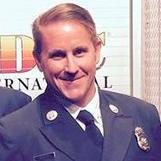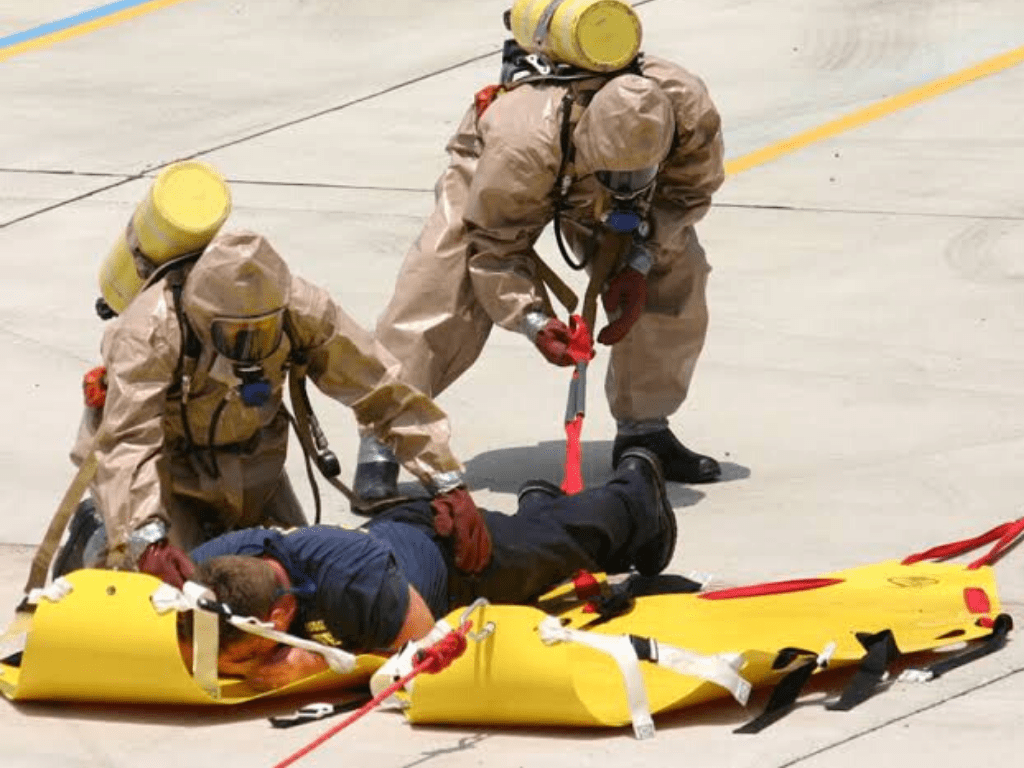Firefighter Rescue and HazMat – FDIC 2019
One course at FDIC 2019 will explain when firefighters in structural PPE can make a rescue in a hazmat hot zone and when they need to wait for the hazmat team.
For as long as humans have walked upright, fear of the unknown has paradoxically kept us from harm and kept us from advancing. Fear of thunder protected us from being zapped by lightning or whacked by wind-felled trees. As our understanding of meteorology grew, we learned to predict and mitigate the dangers of storms.
This remains true today for firefighters approaching scenes where hazardous materials may be present. Like a storm, the threat is real; this we know. In fact, the rise in chemical suicides — where the victims seal themselves in vehicles or small rooms with a bucket of toxic chemicals — has social media sites buzzing with firefighters saying, “There’s no way I’d go into those situations.”
And that means calling in the experts — a hazmat team. And that conjures images of hazmat techs in Level A, fully encapsulating suits with breathing air. Even if your department has a standing hazmat team, the rescue will be delayed valuable minutes while you wait for them to get on scene. If your jurisdiction shares a regional hazmat team, that on-scene delay can stretch to more than 30 minutes while the team assembles and deploys — by then the incident will likely have moved from rescue to recovery.
But could those victims be saved by firefighters in a full turnout gear and SCBA? Are there times when the hazmat team in Level A suits are overkill?
In my course at this year’s FDIC, Gray Area — Where Rescue Meets Hazmat held April 11 at 10:30 a.m., I’ll dispel the go- no-go myths surrounding these lower-level, but increasingly common hazmat incidents like chemical suicides and drug labs. I’ll teach firefighters and officers how to read the incidents and recalibrate their rules of thumb on when to fall back and when to move forward. If you’re not already registered for FDIC 2019, you can do so here.
The class will also detail how today’s all-hazard responders can assess and understand the hazards presented and know when they can make a rescue in structural firefighting PPE and SCBA and when they need to call for the hazmat team. Attendees will walk through real-life examples and learn where the dangers lie and how to protect against them. We will also examine the laws that apply to these scenarios and the equipment needed to get the job done.
Still not sure you need to attend? Here’s my full-length feature article explaining why this issue is so important to first responders and how they can think differently about these scenarios.
While fear of the unknown can keep us safe. It is our duty as firefighters and medics to understand how to protect ourselves against the storm and when to hunker down in shelter.
Ambrose FDIC 2019

About The Author
Phil Ambrose founded his company HazSim in 2011 and joined the Glendale (Calif.) Fire Department in 2001, where he serves as a fire captain, a paramedic and a hazmat specialist. Additionally, he spent eight years as a hazardous materials expert with UCLA. He also earned the FBI’s Exceptional Public Service Award for his work on their hazardous materials response team. Phil has taught on this subject at FDIC since 2017.



